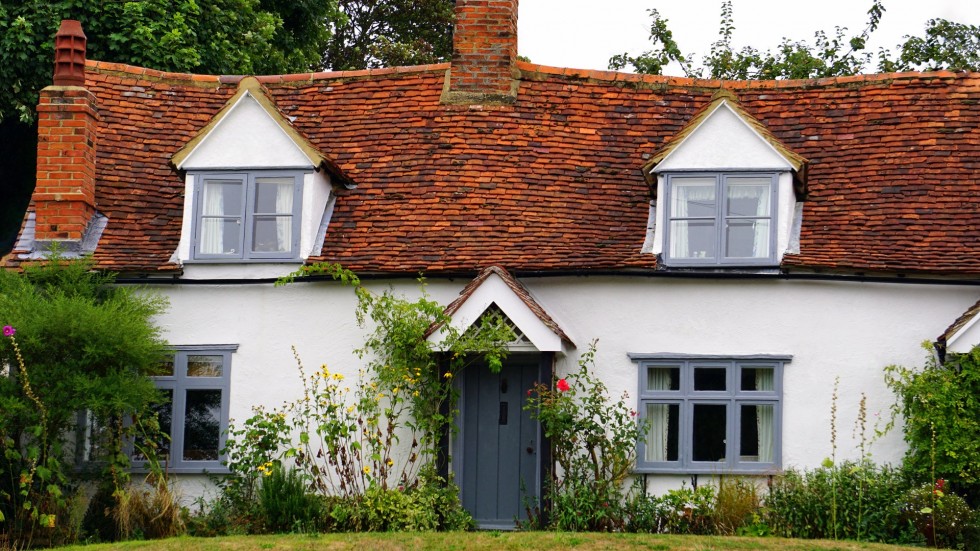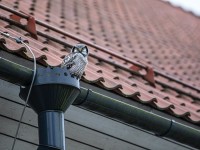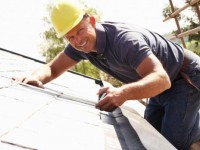A roof is a very important structural element. It protects the interior of a building from rain, snow, and other damaging natural phenomena. However, as the first “line of defense”, it is also the most vulnerable part of your dwelling that requires constant inspection and repair. One of the worst problems that may occur to your roof is its sagging, which may lead to other issues with your house. Roof sagging is caused by a number of factors. While some are beyond your control, you can certainly take the necessary steps to prevent most of them. If you want your roof to serve you well for many years without sagging, follow these tips.
1. Don’t forget to regularly inspect roof joints and rafters
One of the principal reasons why your roof may start sagging is its structural imperfection. You need to understand how the roof of your house is built. It has a triangular shape. The base of the triangle is made up of roof joints. That is what you will see if you remove the plaster and other construction material from your ceiling. The sides of the triangle are composed of rafters. Those are slanting beams going up all the way to the roof ridge, which is the third structural element. Ideally, all the components of a roof must be as straight as arrows. The weight applied to the ridge is first directed to the rafters. Then, the roof joints receive it, and finally it goes down to the walls. That process works flawlessly only if the designers of the house have done their work well. If they have made a mistake, it may cause roof sagging as time goes by. While most likely you bought your house as is, you can prevent roof sagging by routinely inspecting the rafters and roof joints to watch for any cracks, warping, or other defects. When in doubt or when you are certain that something is wrong, call a roof maintenance professional. You must nip the problem in the bud.

2. Don’t let water and snow accumulate on your roof. Make sure your drainage system is operational
Water and dampness are very dangerous enemies to a roof, or to the whole house for that matter. Rain and water created by melting snow must go down the gutter system and then flow away from the building. When this system gets out of order or when leaves, wood, or other debris block the free flow of water along the gutters, water and moisture may get inside the roof structure and damage it. The situation may be aggravated by the lack or bad air circulation inside the attic. Then the water will be accumulating on the wood and eventually cause it to rot. So, keep your gutter system fully functional and clean. Snow buildup, in its turn, may put too much weight on the ridge and rafters and lead to roof sagging. Try to remove snow from your roof as often as possible. Of course, that is not an easy task, especially during freezing winter months. While removing snow from your roof in winter, you may be hurt by a falling icicle or may accidentally break off a frozen shingle. Again, using the services of a roof maintenance firm for that purpose is highly advisable.
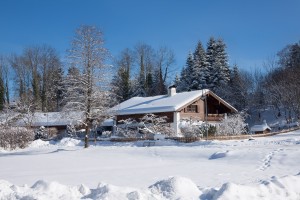
3. Avoid using cheap roofing materials and don’t forget about the age of the roof
Another reason why a roof may begin to show the signs of sagging is the use of cheap roofing materials of low quality. They wear off and age much faster than their more expensive high-quality equivalents. When you decide to renovate your roof, hire trustworthy roofing contractors with years of experience and impeccable reputation. They will never deceive you or use faulty materials. Also remember that our house is getting older, and the roof as the first of its parts that takes the blow ages even faster. You may be taking all the right steps to prevent roof sagging, but the roofing materials get weakened over time and must be replaced.
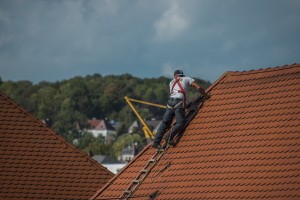
A sagging roof is a very unpleasant sight. Apart from aesthetic considerations, however, roof sagging is a big threat to the integrity of the whole house and requires preventive measures on the part of homeowners. They should keep the gutter system in order, clear snow off their roof regularly, and constantly monitor the basic roof elements for any defects. While many problems can be fixed by homeowners themselves, only professional roof technicians can deal with more serious issues.
